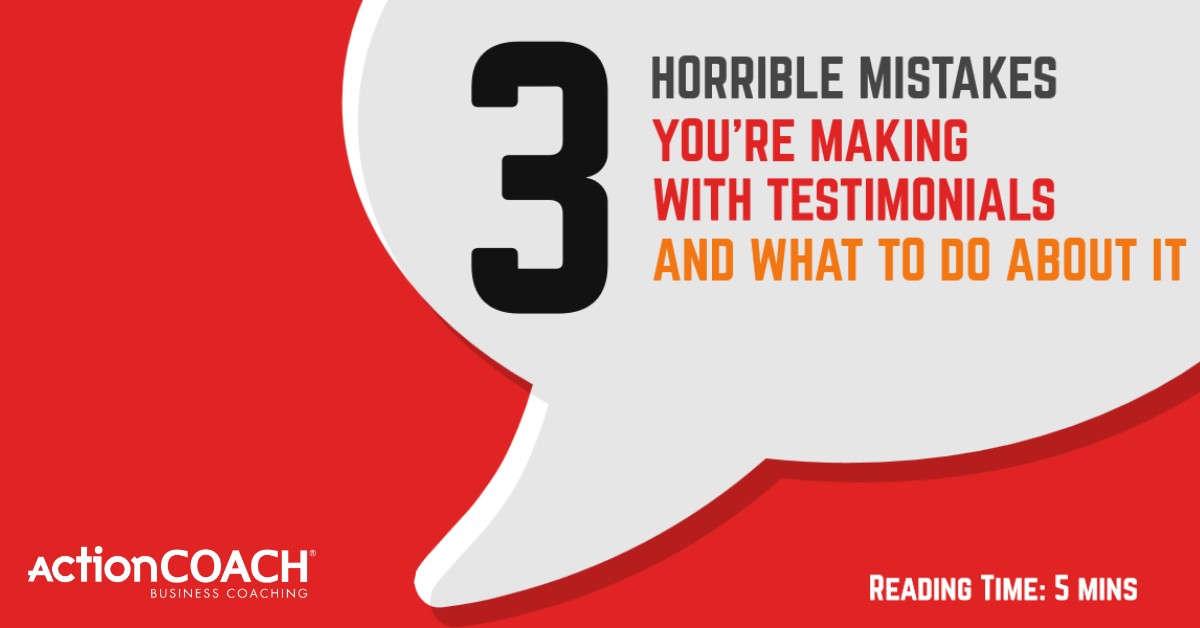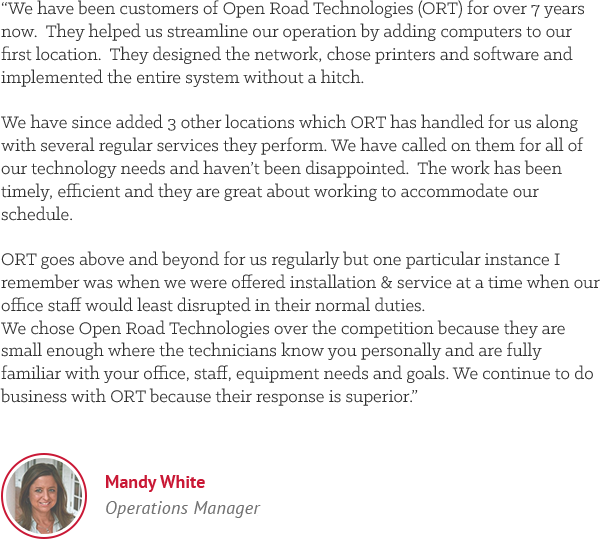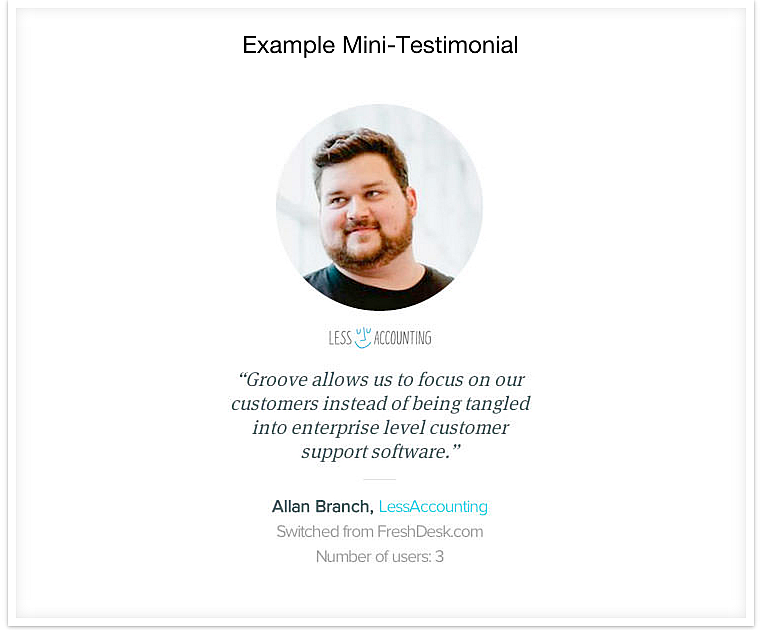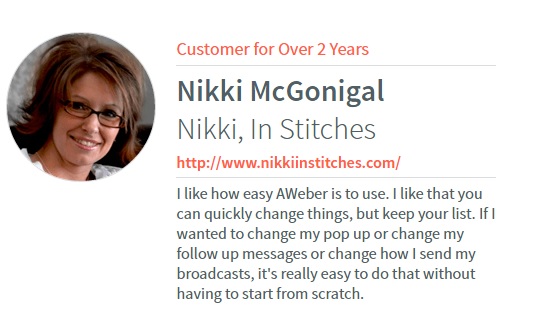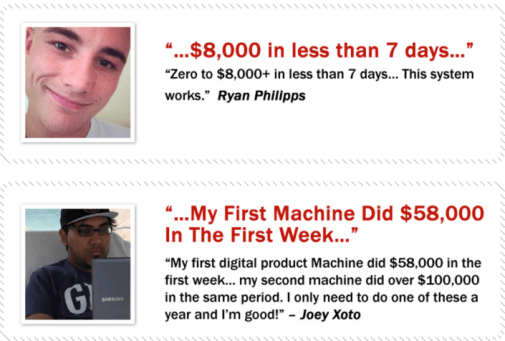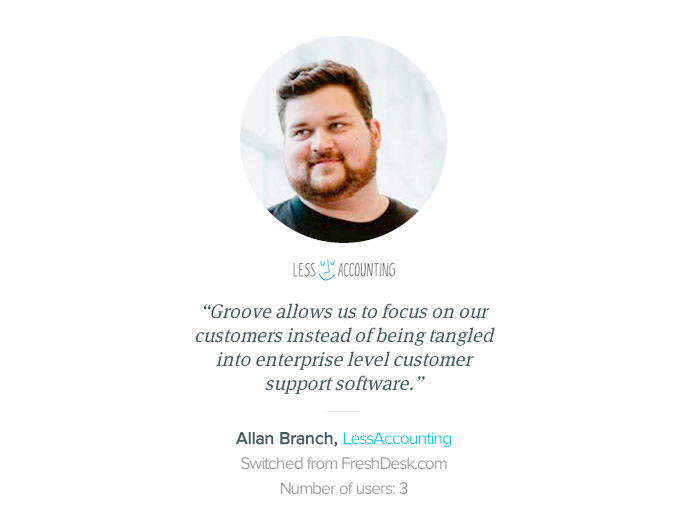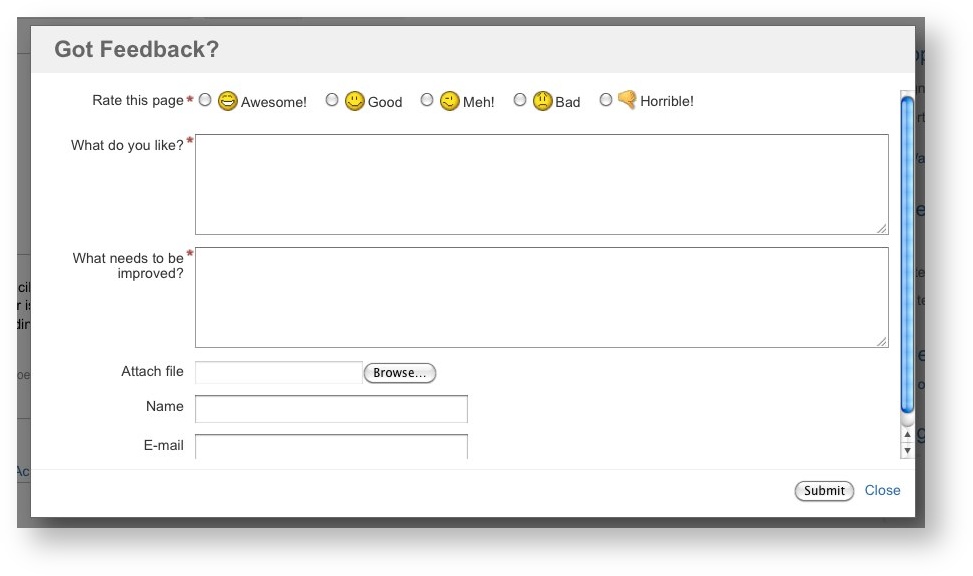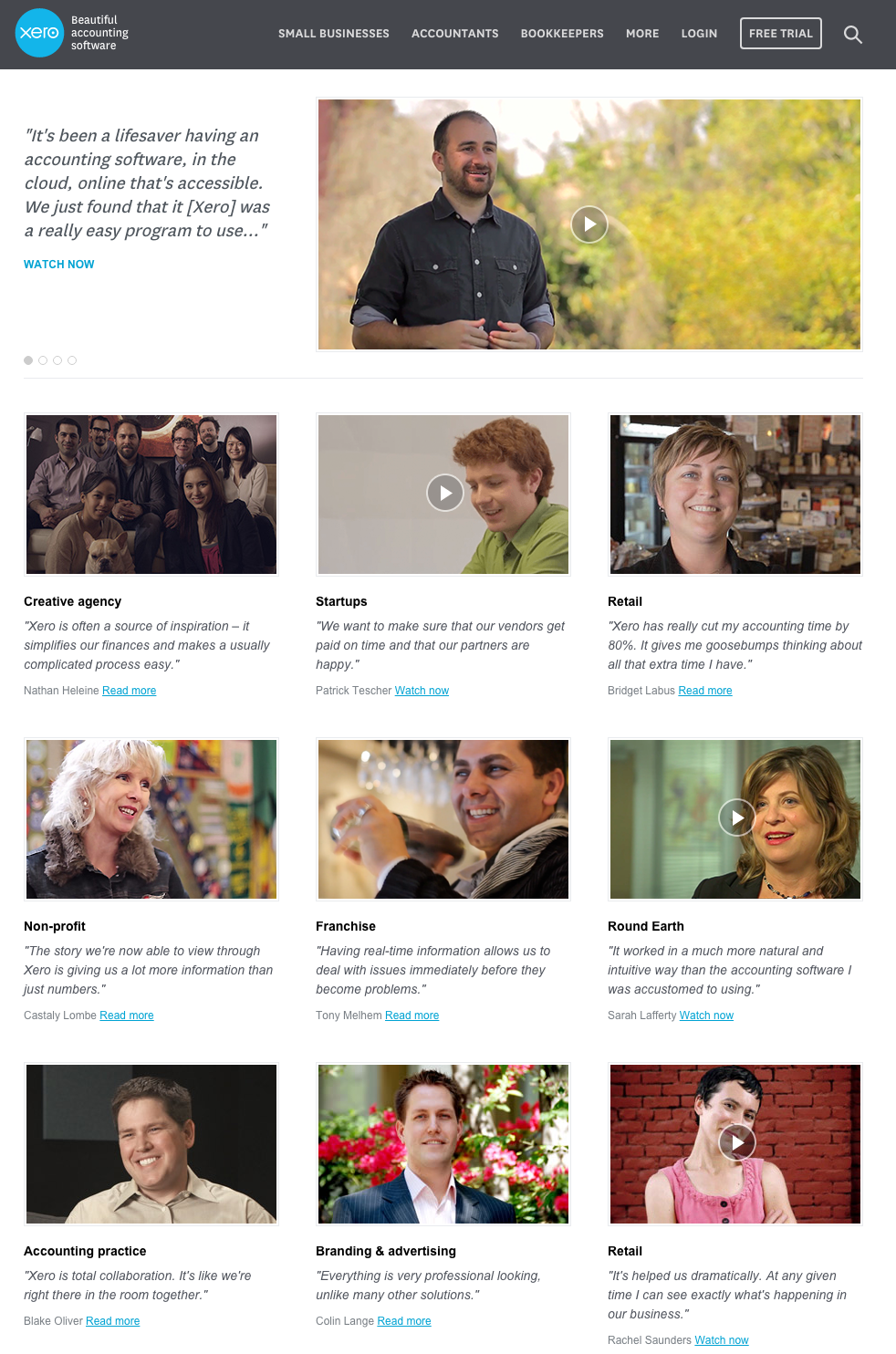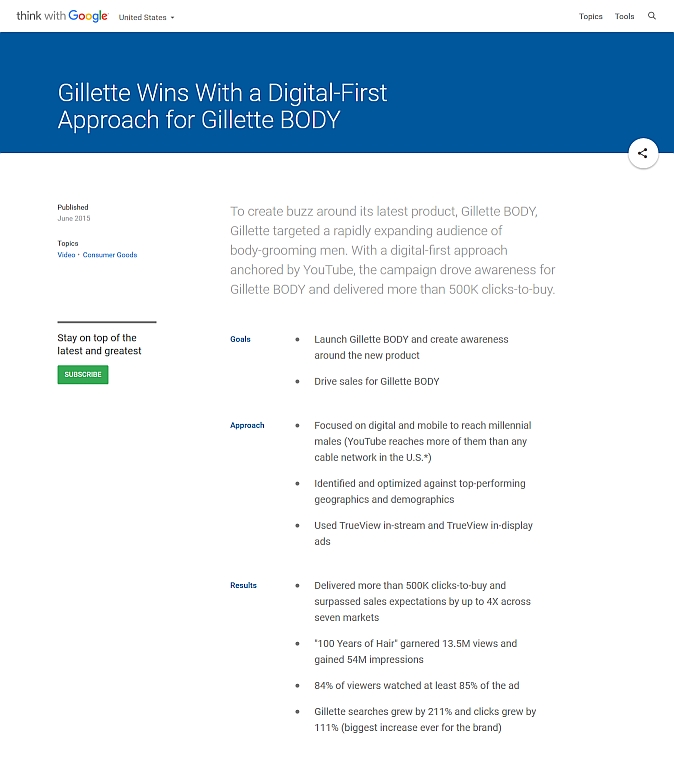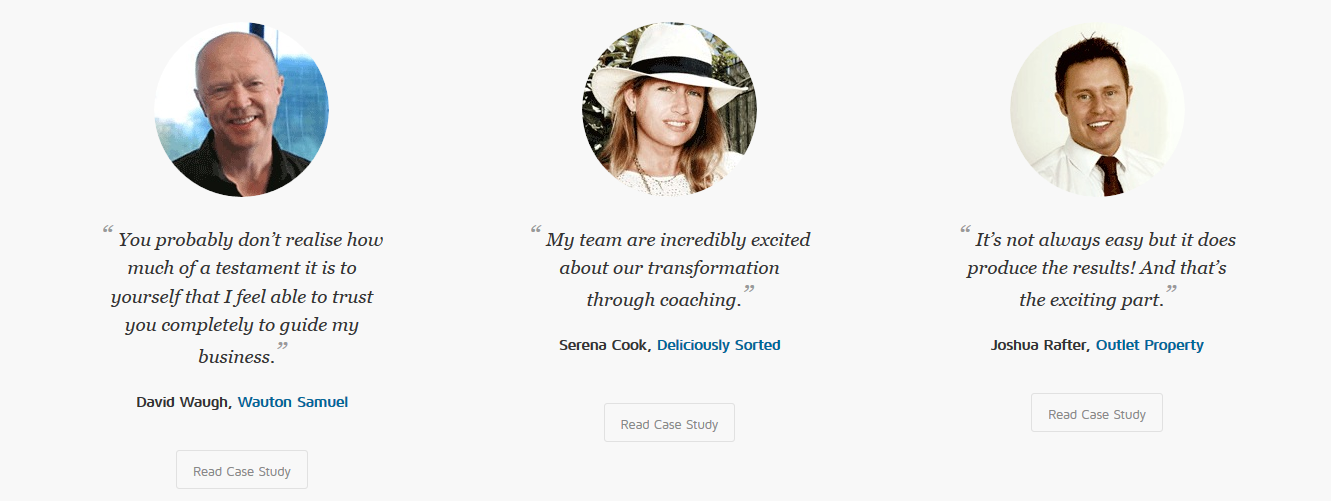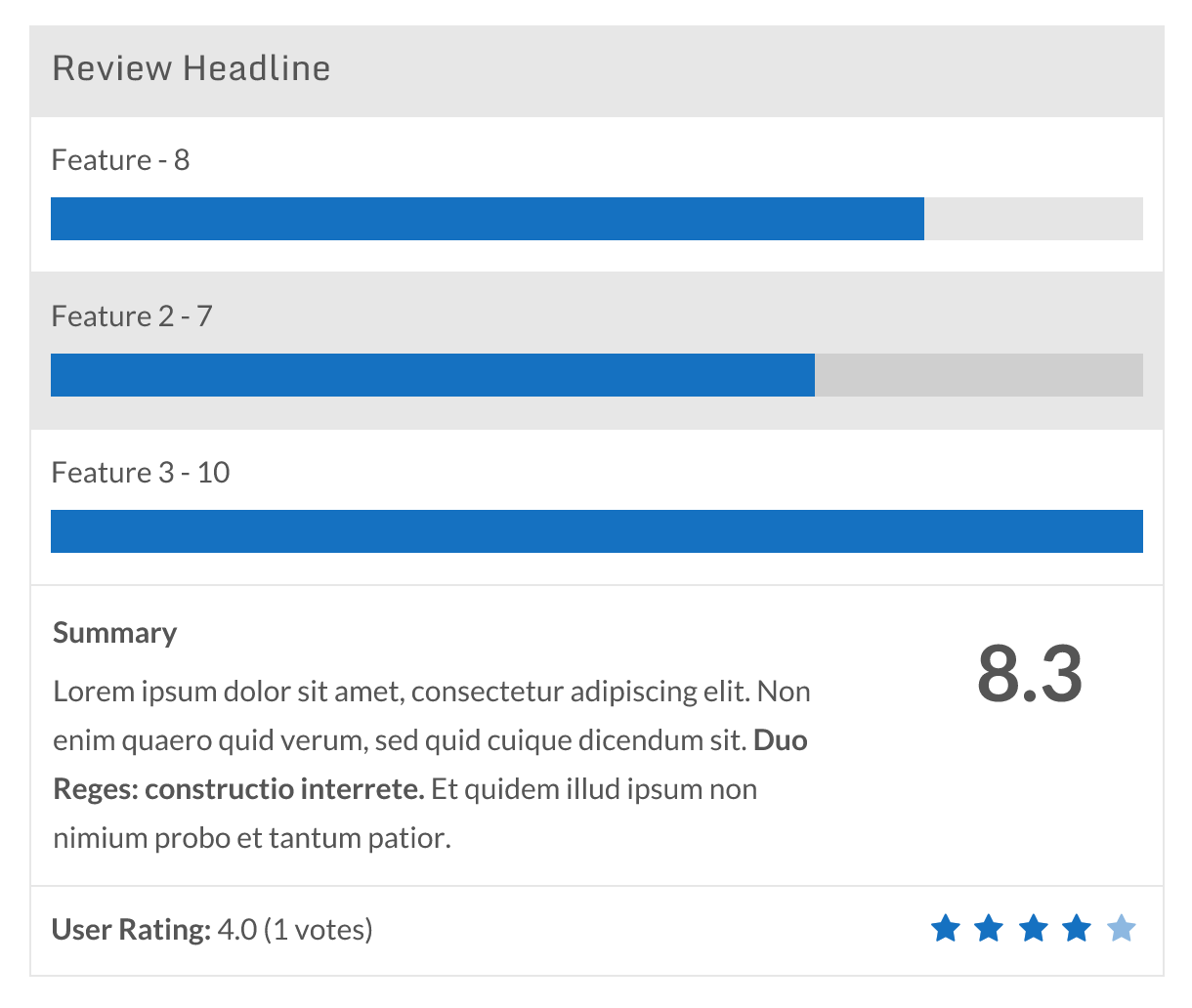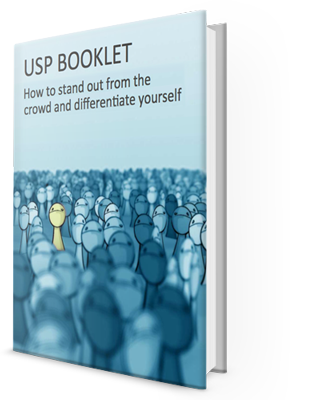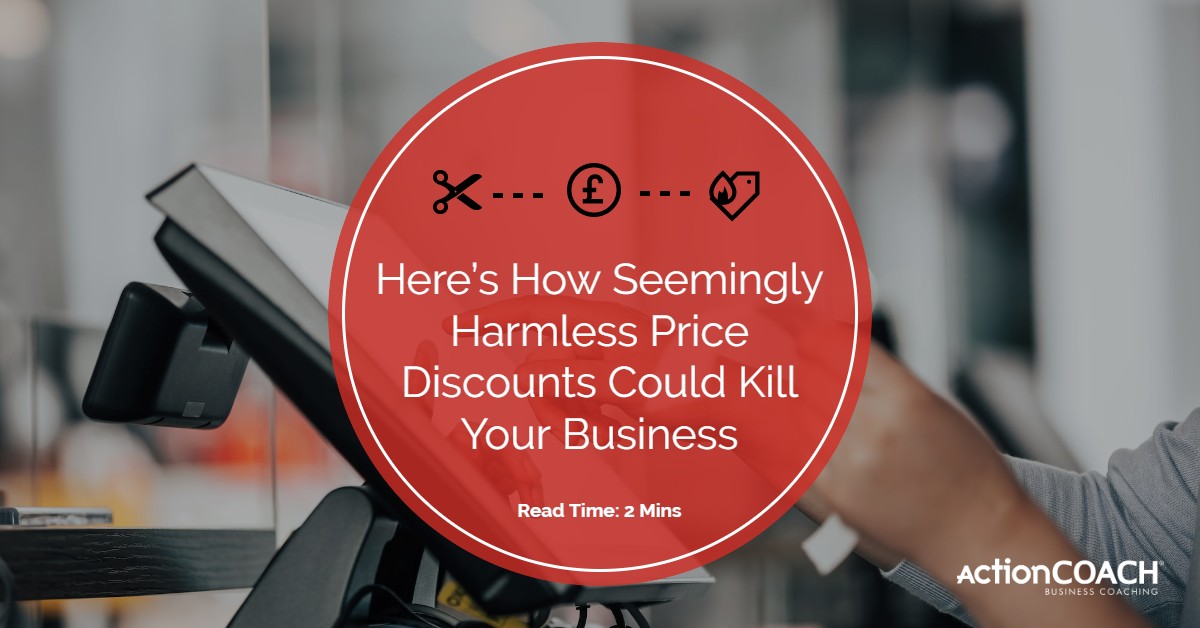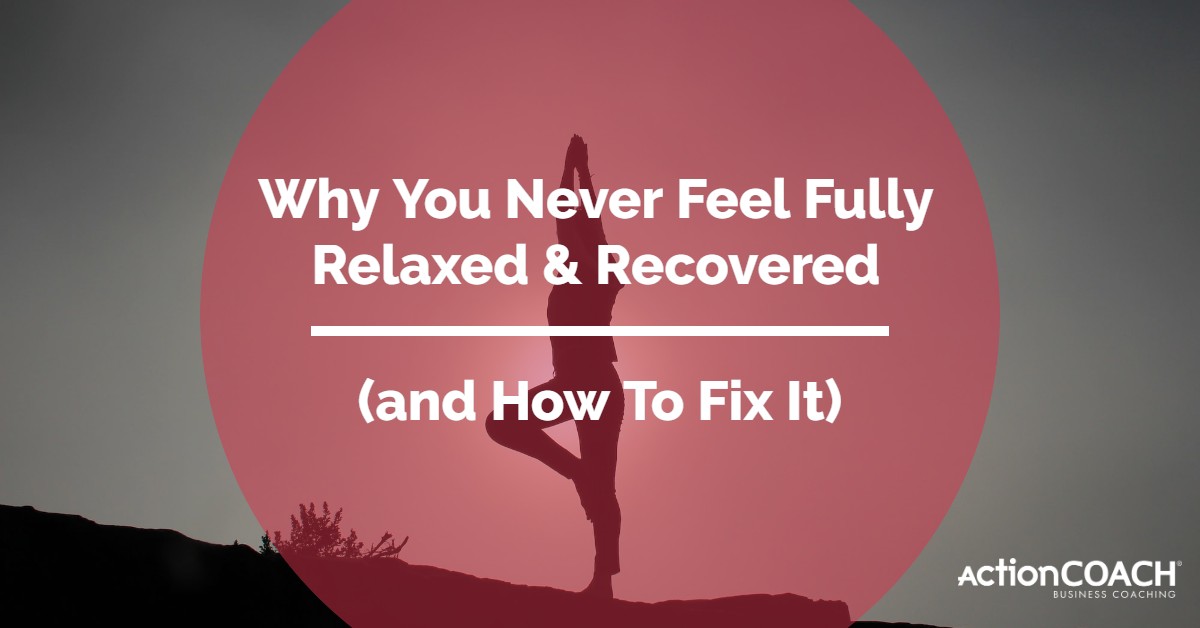3 Horrible Mistakes You’re Making With Testimonials and What To Do About It
We had an interesting query come up in one of our marketing workshops this month – why don’t my testimonials seem to work?
If your potential clients are uninspired by your reviews, no matter how glowing they may be, it’s likely that you’re making some crucial mistakes in the way you’re collecting and presenting them – here’s what could be going wrong.
They’re too Wordy
Studies show that users only have time to read about 28% of words during a website visit, which means that text-heavy testimonials often aren’t successful. Visitors may give the page a quick scan but it’s unlikely they’ll read every single review, which means that those most valuable snippets of glowing customer feedback are left unread.
It might feel heart breaking to cut out all those wonderful words of praise but if short highlights convert better in your industry that’s what you should use.
Example of a wordy testimonial vs a specific one.
They Don’t Describe your Services
“Great work, thanks so much!” It may sound like a positive review, but what does it really tell a potential new customer? It doesn’t describe your service or explain how you helped the client. The person reading has no clue if the testimonial is relevant to them, so although it’s a positive reflection of your business, it doesn’t say anything about your products or services.
Example of a vague testimonial vs a specific one.
They Don’t Seem Trustworthy
With the recent media buzz around fake reviews on Amazon, consumers are growing skeptical about the honesty of customer testimonials online. It goes without saying that you should never post fabricated reviews on your website, but even if your reviews are genuine, they could be written off as fake if they’re not presented in a clear, transparent fashion.
We’ll talk more about how you do this on a practical level later in the article but we mean things like using real names and including photos.
Example of a fake looking testimonial vs a real testimonial
So What Makes a Good Testimonial?
If you’re guilty of making some of the common mistakes above, don’t worry – there are plenty of tips and tricks you can use…
Ask the Right Questions
If you’re collecting testimonials in person or on the phone we suggest you think ahead of time about what you’re going to ask, then draw out the relevant information from your client before piecing together the juiciest, most relevant snippets as your final testimonial.
For example, you could ask:
- What problem did you have that caused you to come to us for help?
- Which of our services did you use? (so you can collect testimonials that are tailor made for specific product pages)
- How did you feel while working with us? (to tease out the emotional angle)
- What specific results have you seen as a result of working with us? (so you gather concrete numbers-based details)
- Did you have any fears or concerns before buying from us that proved unfounded? (so you can gather testimonials that defuse common buyer fears and objections)
Xero, cloud accounting software provider, have a brilliant testimonials page which shows short, valuable snippets from a range of customers with links to read more. It’s clear that a lot of effort was put into collecting these testimonials, asking the right questions and digging into the details.
(They also state the industry of each reviewer, which makes it easy for readers to pick out testimonials that are most relevant to them.)
Try Video
Video is a brilliant way to record testimonials. It’s more immediate, believable and emotionally compelling than plain text. Viewers get to see the faces of real customers and experience their endorsements first hand for themselves.
Video also gives businesses the opportunity to carefully edit together the most valuable responses in order to give an effective overview of their services. One of our clients Outlet Property have some fantastic examples of video testimonials.
What makes Outlet’s videos so compelling is the informal nature of the interviews. We see happy customers, in a bright, modern apartment, discussing the ways in which Outlet go above and beyond to fulfil their needs and take the stress out of finding a property.
Have a look for yourself and I’m sure you’ll agree – it’s very hard to imagine how these reviews could be dismissed as boring or untrustworthy.
Create In Depth Case Studies
Although video testimonials are a fantastic way to showcase customer feedback, in depth case studies work even better for a certain kind of audience who like to do their background research before making an important purchase.
They allow you to show off real projects – you get to break down exactly what services you offer and what specific results you’ve achieved for other clients.
Google is a brilliant example of case studies done right. They have a broad range of studies from high profile brands (Gillette, Budweiser, Maybelline, Rosetta Stone). They keeps things simple with a series of bullet points outlining the brand’s goals, approach and results.
Then, you get to watch a short video in which brand representatives share their experiences of working with Google in more detail.
Cover the “Before, During and After”
The best testimonials will outline a client’s story with the following structure: before, during and after. The structure is reasonably flexible and can take many forms, but it’s designed to show the reader exactly how you successfully fixed a client’s problem.
Check out how we display our case studies for a little inspiration. Each study begins with “At a Glance”, which outlines the contents of the case study in a single paragraph.
Then, we have “The Challenge” (before) which describes the client’s problems and the areas where we identified that improvements could be made.
Next, we outline “The Solution” (during) which lists a range of solutions we helped our client implement.
Finally, we showcase “The Results” (after) which is an opportunity to show off real, measurable statistics to prove how we’ve helped improve the business.
Show off Your Biggest Clients
Neil Patel, founder of SEO agency QuickSprout, found that testimonials from Fortune 500 companies result in the best conversion rates on his website, compared to those from smaller organisations.
With this knowledge in mind, Neil began offering services to large brands for free, simply to generate brilliant testimonials from those who had the most influence. If you have a standout client who you’re incredibly proud to have worked with, be sure to get a testimonial from them and shout their name from the rooftops.
Build in trust
Research has found that photographs can inflate the truthfulness of a statement. So for text testimonials, you can include a headshot beside your review to ‘prove’ to customers that the reviews are real.
Another way to build trust into your testimonials is to use third party review sites. TrustPilot, Yelp and Google allow customers to leave reviews of businesses which are published without approval or manipulation by the business. Businesses are able to respond to feedback but not to edit it, which reassures readers that your testimonials haven’t been tampered with and that you aren’t just hiding all your negative reviews.
You can either add an external reviews plugin to your website or you can keep your reviews off site so that when customers do their own background research they can easily find independent evidence to corroborate what you’ve said in your onsite testimonials.
Reviews users have left themselves are more believable.
Ready to Up your Testimonial Game?
In this age of sceptical consumers high quality testimonials are a great way to make your business stand out from the pack. (Plus they do wonders for your online conversion rates too!)
By using video, in depth case studies, clever testimonial questions, third party review sites and a little careful presentation, we’re confident that testimonials can become your number one marketing weapon.
How To Stand Out From The Crowd & Differentiate Yourself
In This Free Ebook + Email Course You Will Receive:
A Step-By-Step Process To Help You Define Your Own Unique Selling Points
Examples Of The World’s Best USPs
An Actionable Strategy You Can Use To Improve Your Marketing Right Now

